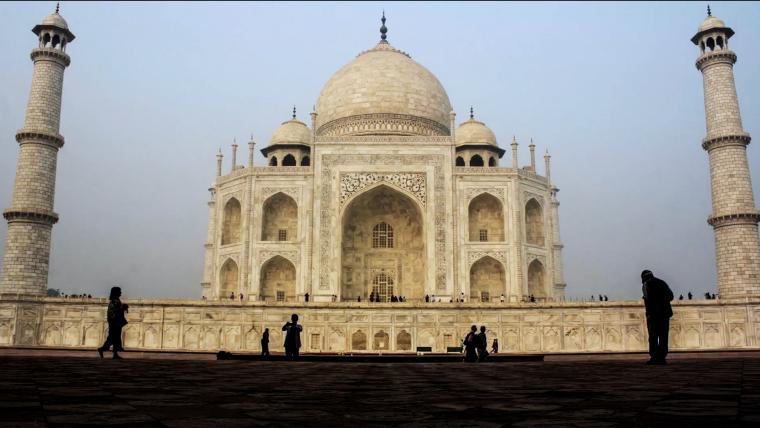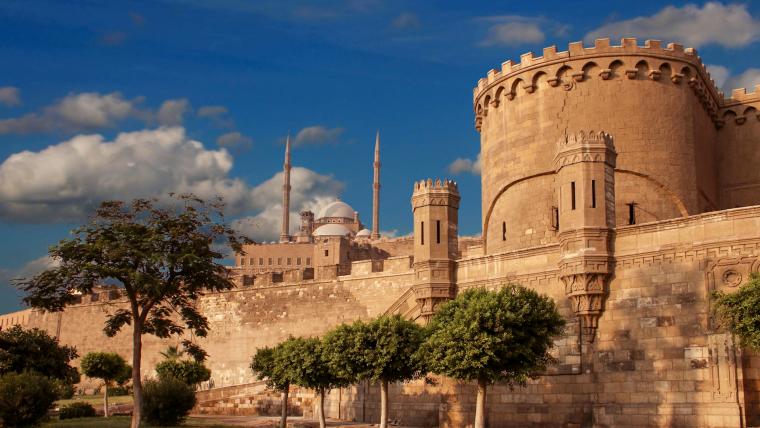
Taj Mahal: A symbol of love across time and cultures
Towering over the city of Agra is the crown jewel of India. It changes hue throughout the day as light reflects off the white marble, a shimmering relic of the Mughal Empire. Having stood since the 1600s, the Taj Mahal is the ultimate declaration of love.
The Mughal Empire reigned for three centuries, during which time they made their mark in Indo-Islamic architecture. In the 17th century, the empire was under the rule of Shah Jahan. He bestowed his favourite wife with the title of Mumtaz Mahal, meaning ‘chosen one of the palace’. But during the birth of their 14th child, Mumtaz died, leaving the emperor devastated. He commissioned the Taj Mahal to be built at the centre of Agra, dedicating it to her. It took over two decades to complete, and originally the colossal structure was solely a mausoleum for Mumtaz. When Shah Jahan passed, he too was buried there.
No effort was spared in creating the most intricate displays of affection. The heavy marble of the Taj Mahal came from Makra, Rajasthan and it required legions of elephants to transport the materials to the site. Over 20 000 artisans toiled to bring the monument to life. The Taj Mahal is elaborately decorated in precious stones of jade, crystal, lapis lazuli, and turquoise, and ornate carvings of flowers and plants. Verses from the Quran inlaid in jasper and black marble adorn the archways and gates. In the tomb of Mumtaz and Shah Jahan, a verse asks God for them to be forgiven and to allow them to enter paradise. Sitting on 17 hectares of land, the Taj Mahal is flanked by a mosque and jawab. With sprawling gardens on the edge of the Yamuna River, the grounds are kept in immaculate condition.
A UNESCO World Heritage site, the Taj Mahal is the pinnacle of Indo-Islamic architecture. Centuries after its construction, people from all over the world come to marvel at Shah Jahan’s vision. This is a symbol of enduring love spanning across time and cultures.






























Please sign in to leave a comment